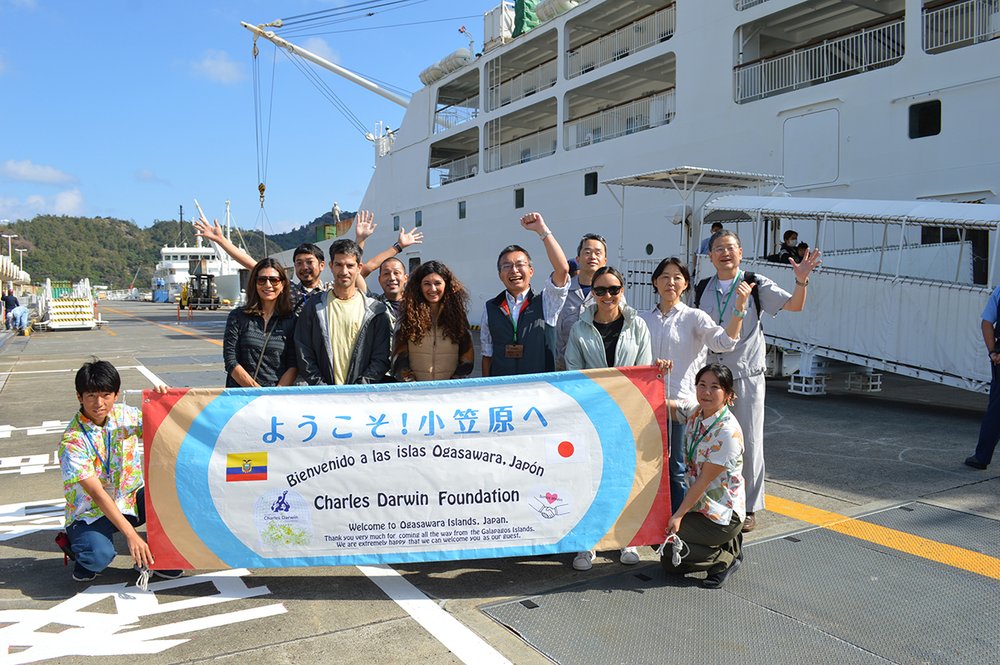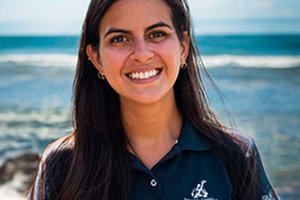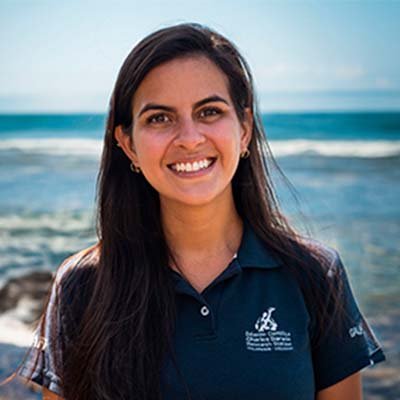Have you ever wondered how conservation efforts in different parts of the world are connected? While thousands of miles apart, the Galapagos and Ogasawara islands share a common goal - to protect their unique and fragile ecosystems.
In 2018, the Charles Darwin Foundation and Japanese authorities signed a collaboration agreement to enhance research, control, conservation and surveillance in these two archipelagos, as well as exchange know-how and expertise.
Recently, our Executive Director and International Affairs Coordinator, Rakan Zahawi and Johanna Carrión, along with a delegation from the Agency for Regulation and Control of Biosafety and Quarantine for Galapagos and Ministry of Environment of Ecuador, were invited by the Tokyo Metropolitan Government and Ogasawara National Park to visit this mysterious set of and learn more about their conservation and management efforts.
In this blog, we'll explore how both archipelagos are facing similar challenges and what measures are being taken to preserve their endemic flora and fauna. Join us as we delve into the world of conservation and discover how two distant islands are united in their fight to protect our planet's precious biodiversity.
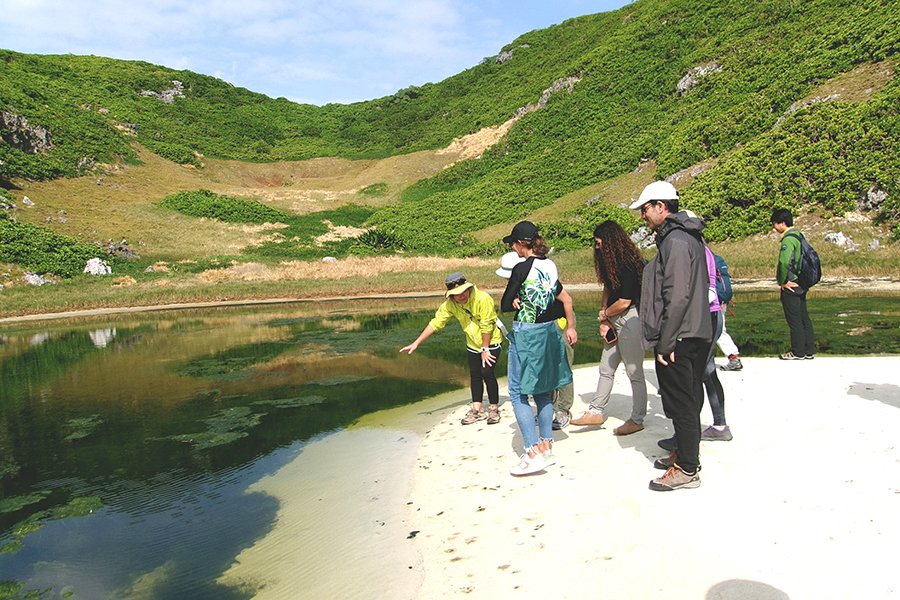
The Ogasawara archipelago
The Ogasawara Islands, also known in English as the Bonin islands, is a Japanese archipelago located 1,000 kilometers due south of Tokyo. In 2011, it was named a Natural World Heritage Site. Made up of 30 subtropical and tropical islands, the archipelago is home to countless species and has a total population of 2,560 people, living on two islands.
To get to Ogasawara the only option is to take a 24-hour long ferry ride from Tokyo. There are no airports in the archipelago. Once arrived, Rakan and the Ecuadorian delegation were struck by the similar challenges facing both archipelagos: climate change, threats to species conservation in the form of introduced rodents and feral cats, and other issues.
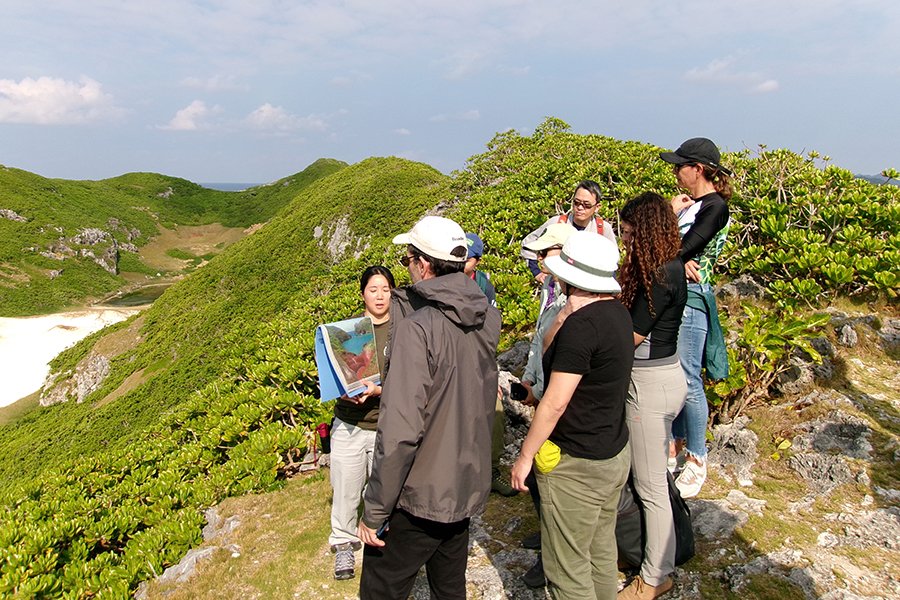
Unique species in need of protection
Both the Ogasawara Islands and the Galapagos Islands are home to many endemic species that are currently endangered, with active restoring efforts in place. For example, the critically endangered Bonin greenfinch (Chloris kittlitzi) has fewer than 100 individuals remaining, not unlike the critically endangered Mangrove finch that is now only found in one area in Isabela with less than 100 individuals remaining. Similar to the program applied to giant tortoises in Galapagos, the Ogasawara National Park is leading a captive breeding program with breeding pairs of adult green finches in order to increase their population size, while longer term measures to ensure their survival are enacted.
Similar to Galapagos, Ogasawara faces the significant issue of invasive plant and animal species that have impacted large parts of their islands, so in an effort to recover their land for endemic species conservation, they are implementing a fencing and eradication program on the islands. These methods are currently applied in Hawaii, and will be applied on Galapagos’ Floreana island by the end of 2023 in order to eliminate invasive species that impact native flora and fauna.
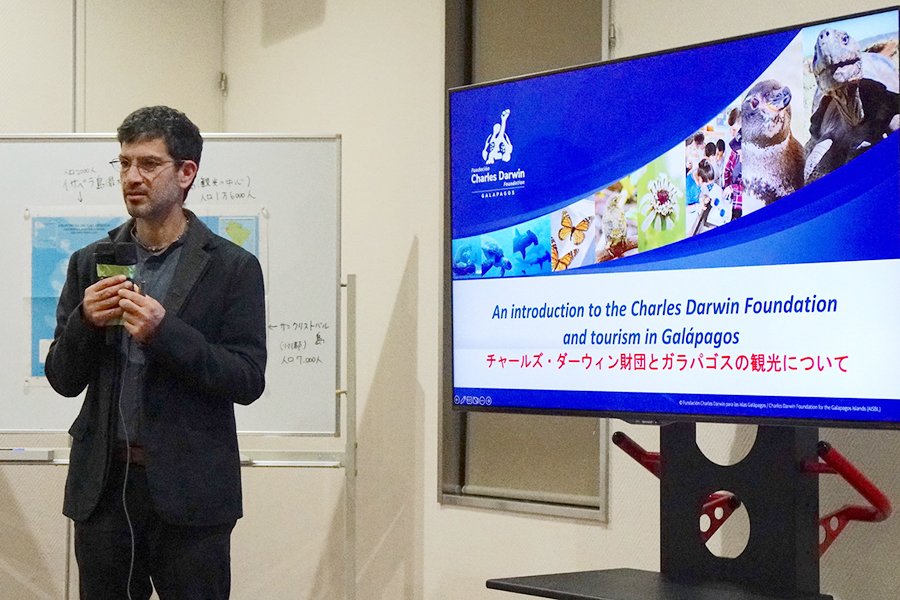
Human development
The delegation was impressed by the excellent living conditions of the local population, which benefit from the same quality infrastructure as Japan’s mainland, thanks to subsidies from the Tokyo government. Because the ferry service is the only method used for transporting people and cargo, and no other boats are allowed, contamination is reduced. This practice also limits tourism coming to the islands with only 30,000 tourists every year, compared to 270,000 on average for Galapagos.
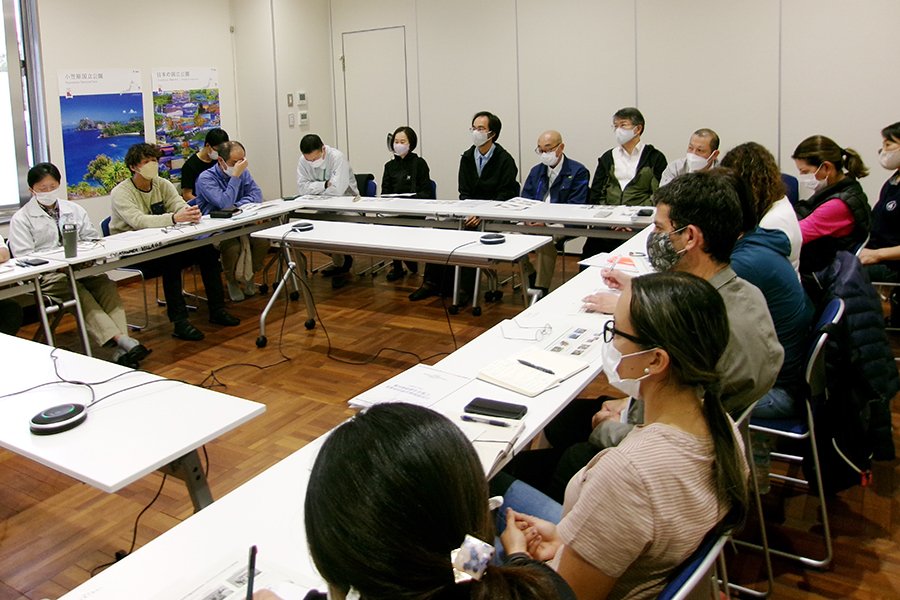
Advancing the conservation agenda in Tokyo
Upon returning to Tokyo, meetings were held with key government institutions and conservation allies, including Tokyo’s governor Yuriko Koike, the BESS Forest Club and representatives from the Keidanren Nature Conservation Fund, as well as JAGA (Japanese association for Galapagos) with whom future funding opportunities for renewable energy in the Galapagos islands were discussed.
The delegation's visit to the Ogasawara Islands has provided valuable insights and ideas that can be applied to the conservation efforts in the Galapagos. The meetings held in Tokyo will also pave the way for future funding programs in the Galapagos Islands. Overall, this collaboration serves as a powerful reminder that international cooperation and partnerships can be highly effective in addressing the environmental challenges faced by our planet.
The Charles Darwin Foundation would like to thank the Metropolitan Government of Tokyo and the Japanese association for Galapagos (JAGA) for the invitation and support provided during our visit.
